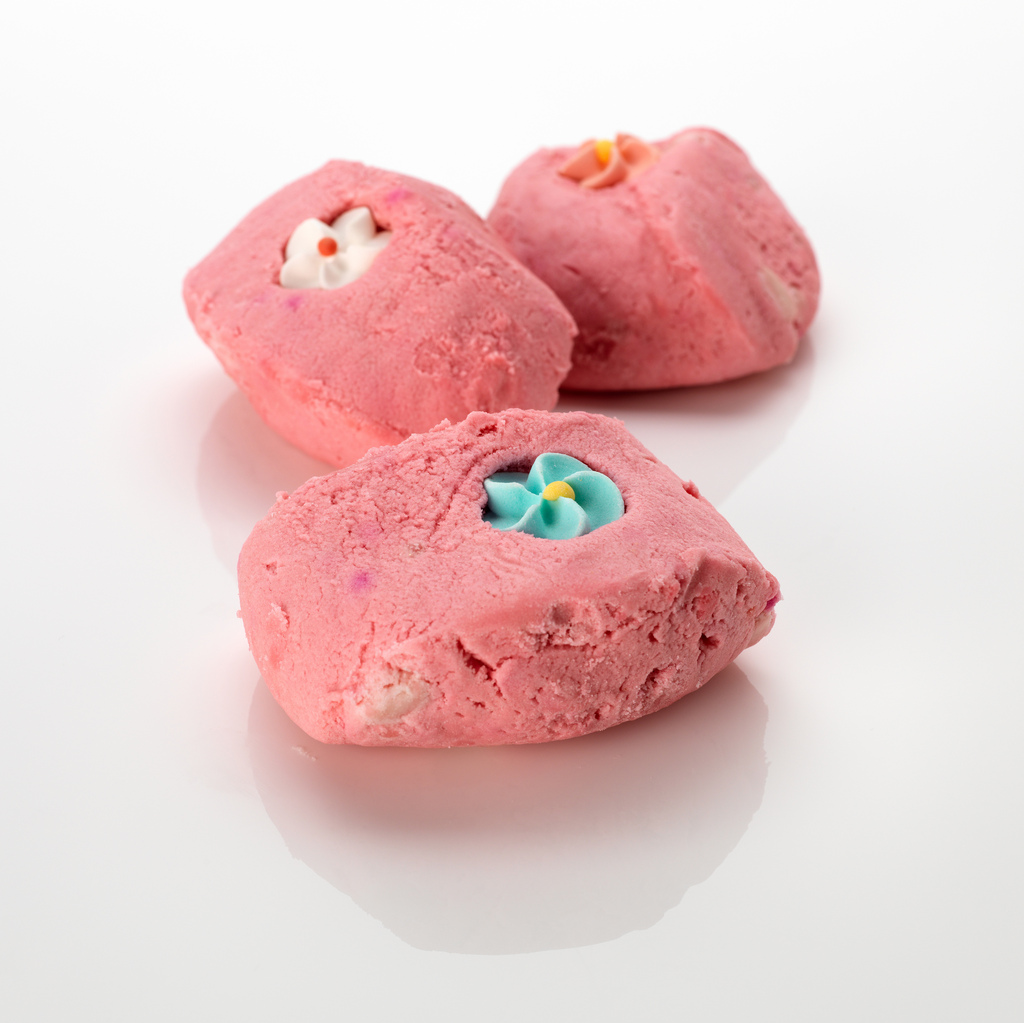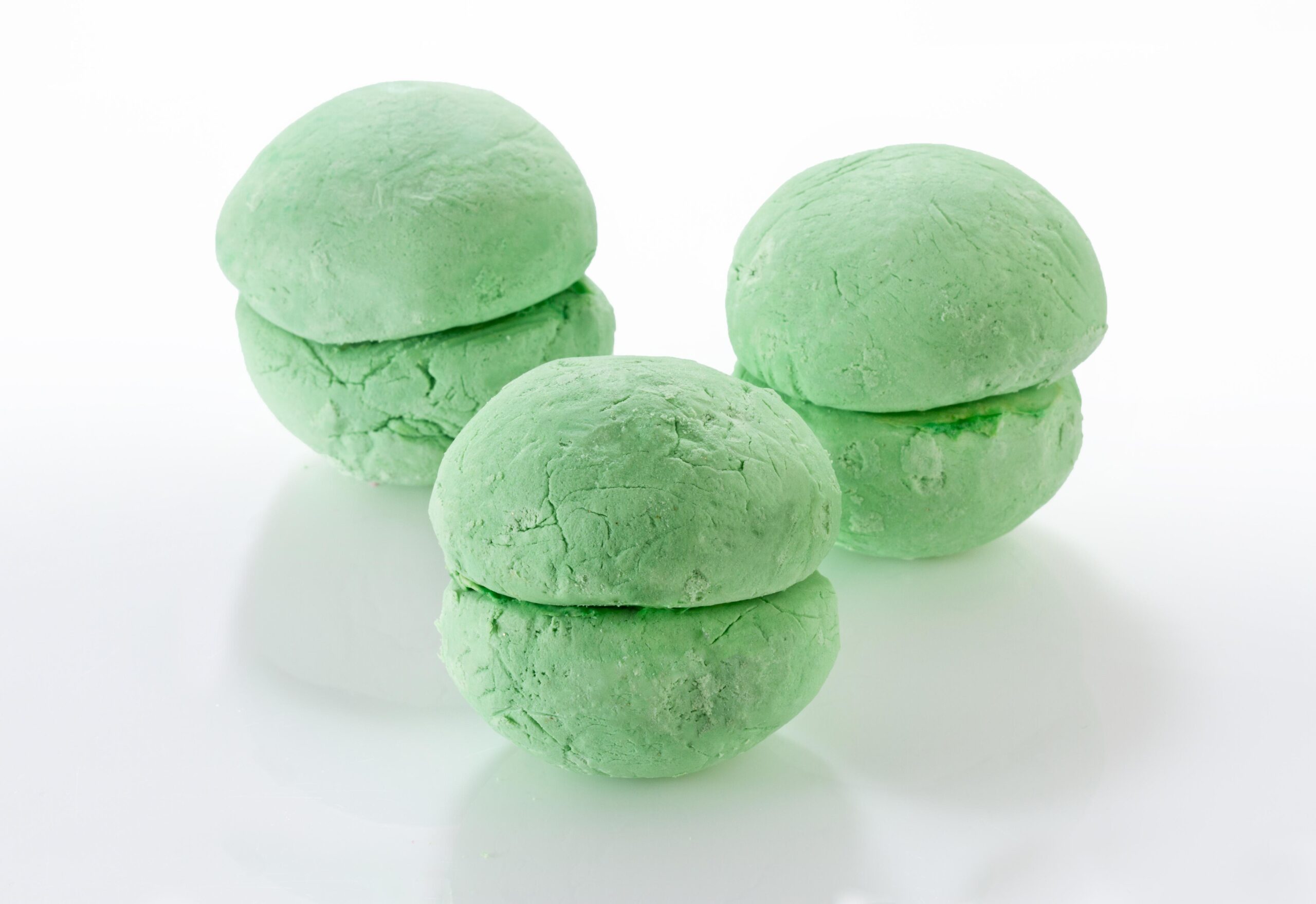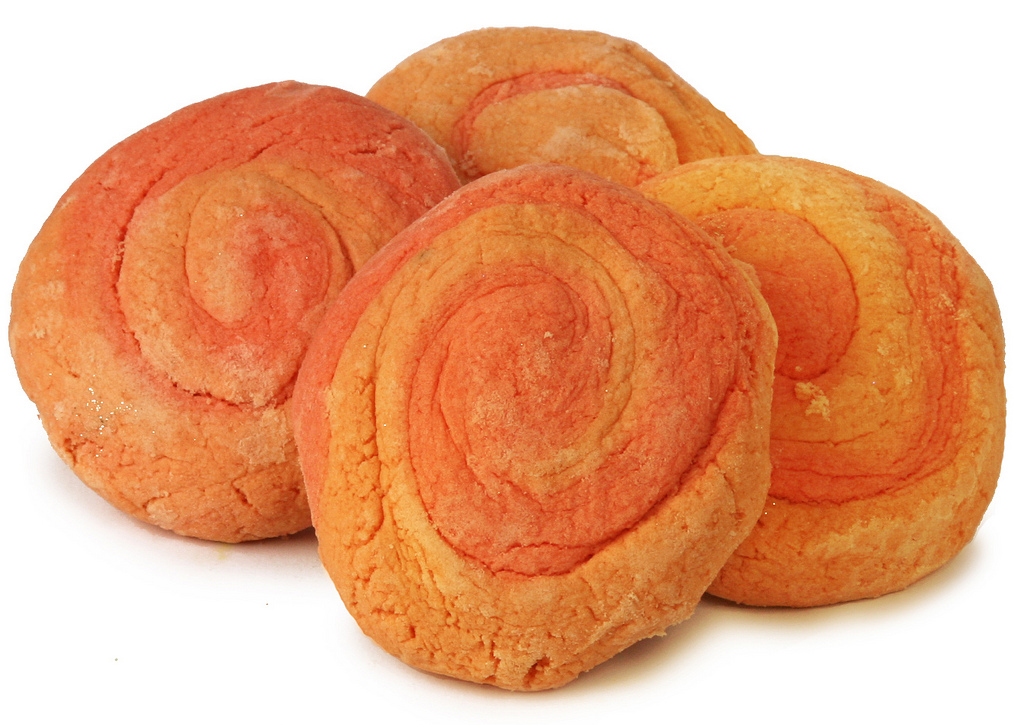
Whether you have been making your own soap and beauty products for years or are newly bitten by the idea of making and selling hand made cosmetics, however, there are a few things that you will need to do before you start dreaming of becoming the next Anita Roddick or fantasising of turning your soap passion into the high street success of Lush Cosmetics.
Developing a product range and recipe that customers will love and want to buy is just one of the many hurdles, indeed selling hand made cosmetics legally involves many steps, but that’s not to say you should give up now.

A quick overview of the steps you need to take to sell your products legally and successfully:
- Work out what product [s] you want to focus on, the term cosmetics includes: soaps; shower gels; shampoos; hair dyes, skin toners; moisturisers and cleansers; anti-ageing creams; antiperspirants; sunscreens; oral hygiene products such as toothpastes; and fine fragrances and other perfumery products, to name but a few.
- Decide on a branding message, branding image and your route to market.
- Formulate your products and trial them – test them out on friends and family and be willing to make changes.
- Obtain a Cosmetic Product Safety Report (CPSR)
- Establish a Good Manufacturing Practice – this ensures your products are always safe and manufactured in a professional and hygienic manner
- Formulate and keep a Product Information File(PIF) – this is record of your product and latest batch produced should it be requested by governing authorities or the public
- Give each batch of product you produce a unique batch code – this means keeping full record in a manufacturing log of everything you make and the ingredients used
- Abide by labeling laws and comply with labeling legislation
- Acquire all relevant insurances
- Label your products correctly – this sounds simple, but as your business and range grows it is essential that you approach labeling in an ordered fashion so batch numbers, ingredient lists etc are correct and correspond with all your records.
- Notify the Cosmetic Products Notification Portal(CPNP https://ec.europa.eu/growth/sectors/cosmetics/cpnp_en ) – this is a database for the purposes of market surveillance, analysis, evaluation and consumer information.
- Notify the HMRC, Trading standards [https://www.tradingstandards.uk/] and any other authority that your are manufacturing products
The list of requirements can seem quite daunting at first glance, but with a little know how you’ll soon get to grips with it all and it is certain that a home-made cosmetic company can be highly rewarding and can be a great way to earn income.

Perhaps, we should all take inspiration from Denise Purdie, when her husband’s earning potential was cut due to an accident, Denise felt compelled to act, so with four young children to support she turned to soap making; an art she had learned from her grandmother when she was a child. So with just £35 to start up her business and without knowing how to use a computer, she started making soap in the kitchen of her cottage in Argyll and thus Purdie’s – The Scottish Soap Company was born. That £35 investment was nearly tripled at her first fair. Today, Denise owns three shops – in Dunoon, Inveraray and Glasgow and she ships across the globe, selling natural soaps, candles, bath oils, shampoos and lotions as far afield as Japan and the US. She is passionate about her business and from modest beginnings this business has most certainly grown.
For more information on Purdie’s, visit www.purdies.org
There are plenty more inspiring stories and cosmetic brands to choose from and certainly too many to mention here, but this article wouldn’t be complete without mentioning Lush which was launched in 1994 opening a single store in Poole, Dorset which has now grown to a 438-strong chain, including 80 in Britain. The business has expanded into north America, Japan and Australia. There is even a store on Times Square in New York.
Husband and wife team, Mark and Mo Constantine are behind the business and their story is one that demonstrates how fickle business success can be. Before founding the very successful Lush they used to be the largest suppliers to the Body Shop and were great friends with the Roddicks, but when their next business venture, Cosmetics to Go failed, they lost sserious money and it eventually went under in 1994. The driven couple set up selling freshly made cosmetics from a shop in Dorset and it was from these small beginnings and troubled business background that Lush has grown into the International success it is today. The important thing to remember is despite their impressive growth they have remained true to their roots and still produce things by hand and are passionate about the authenticity of their range.
A valuable lesson can be learned from companies such as Purdies, Lush and even The Body Shop and that is the importance of standing out from the crowd. The success of all three of these businesses has been grounded in a clear message to consumers about the value of their products and by developing products that are different, which is why it is so important that you decide on your range, focus and develop a branding message at the very beginning of your business adventure.
It is vital that your new business has a key message and is faithful to it as failure to do so can spell a negative effect of your success. This can be seen in The Body Shop story. Founded by the late Anita Roddick and her husband back in 1976 as an ethical beauty brand that notably didn’t test its products on animals, The Body Shop was a successful and profitable business known for cruelty-free, natural, unusual and hand made cosmetics. However, back in 2006 L’Oreal [owned by Nestle] bought the brand for £650m and hasn’t been able to make much of the company since then. The issue is undoubtedly that the company lost its authenticity when it fell under the ownership of such a big brand of ethical questionability and the products lost their appeal resulting in sales falling by five percent last year at its 3,000 stories in 66 countries around the world and it now the business being back up for sale. The lesson here: be authentic, build a credible brand and be able to tell the story of your products.
With lush it is the appearance and smell of their products. Their ingredients are mostly natural and packaging avoided where possible. Now there is a clever reason behind not wrapping there products because whilst some companies are recognized by their logo, Lush is most definitely recognized by their smell and natural cosmetics do smell stronger out of the wrapper. So, this is something to consider when choosing wrappings and packaging for your products.

Formulating your Product and Trialing them
Developing cosmetics, is an awful lot like being a chef. Gather your ingredients, try it out and see how it is. You need to start with a good base recipe and then add and subtract ingredients until you get the results you want. A good nose is very handy, but a good memory for scents is really helpful.
I was into crafting handmade lotions, potions and soaps back in the late 1990’s and early noughties and whilst many of the laws have changed the process of developing a good product hasn’t.
I am currently developing a soap to sell alongside my marmalades; it is going to be sold as a marmalade scented soap. So my basic concept is there, it is to be a marmalade [orange] scented soap that I can include in my marmalade lover hampers. I’ll be going through all the steps I’m sharing with you here and I’ll be sharing the hand-on guide in a few months.

You may want to create products that are for sensitive skin, contain goat milk or contain the herbs and botanicals that are naturally abundant in your local area or that you cultivate. The first stage is really think about what products you want to develop, what ingredients you want to include and what qualities you want them to have i.e. moisturizing, reviving, cleansing, relaxing etc.
Then start out by using a recipe from a book that has been tried and tested. It’s good to learn the craft of hand-made cosmetic making by using tested recipes at first. But think of these recipes as just a starting point – that will allow you to add in ingredients and play around until perfected.

There are some very good and reliable publications available on soap making and hand-making cosmetics and its well worth consulting them for fresh ideas and sometimes a bit of trouble shooting. Read, research and take a look at the hand-made cosmetics that are already on the market. Ask friends and family to trial products that you make and give you honest feedback.
REMEMBER:
Whilst you are experimenting with your recipes keep accurate records of the recipes you are using, otherwise you’ll perfect a recipe only to never be able to recreate it and to be unable to submit it for a cosmetic product safety report.

The legal requirements
Having developed your product range you now need to address the not so fun task of making your new business fulfill all the legal requirements. The first thing to tackle is gaining Cosmetic Product Safety Reports (CPSR) for all your products.
In July 2013 new legislation changed Safety Assessments to Cosmetic Product Safety Reports (CPSR) which are much more detailed. Every single cosmetic product in the market must have a CPSR that has been carried out by a suitably qualified person such as a Cosmetic Chemist. The CPSR certifies that the product you sell provide no significant risk to health under normal use.
There are a few companies that offer this service, but bear in mind that it must be conducted by a suitably qualified individual. I have found Cosmetic Safety Assessments http://www.cosmeticsafetyassessment.com to be most helpful and to be a great source of advice. They have advised me that an assessment takes around three weeks from the successful recipe submission and payment. You e-mail your recipe to them following their guidelines carefully and providing that your ingredients are reasonably standard you should receive your CPSR within three weeks.
The costs start from £79 for a single product such a soap or bath bomb to £ 139.00 for a complex lotion, but there are small producer packages available that start from £180 for eight products using the same base recipe with different additions. Visit there website for more details and they also have great information on labeling requirements.

The Cosmetic Regulation
Cosmetic legislation ensures that all cosmetic products that are on the market in the UK (and throughout the EU) are safe and fit for purpose. It is regulated by the European legislation, the Cosmetics Regulation (EC) No. 1223/2009 and is very important you become acquainted with it. www.gov.uk/guidance/product-safety-for-manufacturers#cosmetic-products-safety-regulations
Article 4.2 of the regulations states:
“For each cosmetic product placed on the market, the responsible person shall ensure compliance with the relevant obligations set out in this Regulation.”
If you are making and selling products you are considered the responsible person and you are responsible for all the obligations set out in the Regulations. It is your responsibility to ensure you are complying with the regulations and carrying out all necessary record keeping and safety precautions, so don’t let your record keeping lapse and make sure you follow your recipes faithfully, there is no room for a pinch of this and a slug of that.
The Cosmetic Regulation controls what may or may not be put into a cosmetic. The primary purpose of these laws is to protect human safety and ensure that every product you buy you can do so in the confidence that the safety has been considered and should be safe and fit for purpose.
EU Regulation (EC) No 1223/2009 on cosmetic products makes it an offence to supply a cosmetic product that may cause damage to human health or that contains specific restricted or prohibited substances. You have a legal obligation to ensure the cosmetic products you make and sell comply with the relevant legislation.
It is also an offence not to undertake certain safety assessments and to compile technical documentation. This means you must have your products safety assessed and certified, as well as keeping the appropriate paperwork and records. It is not a daunting task if you read and understand what is required of you and approach your new business in an orderly and methodical fashion.
You can find a copy of the full regulations document (European Cosmetic Regulation, EC 1223/2009) can be accessed here – http://eur-lex.europe.eu/LexUriServ/LexUriServ.do?uri=OJ:L:2009:342:0059:0209:en:PDF
or a summary can be found here –
http://europa.eu/legislation_summaries/consumers/product_labelling_and_packaging/co0013_en.htm
Food Imitation Regulations
This particular regulation is one I will be battling with as I wish to produce an orange shaped , marmalade scented soap, however, the Food Imitation Regulations are in place preventing the sale of non-food items which have the appearance of food. This means that bath bombs or soap or other products should not take on the appearance of cup cakes, fruit, biscuits or slices of cake or anything else that is edible and may therefore be mistaken as food.
Indeed the Food Imitation (Safety) Regulations 1989 states that:
- No person shall supply, offer to supply, agree to supply, expose for supply or possess for supply any manufactured goods which are ordinarily intended for private use and are not food but which:-
(a) have a form, odour, colour, appearance, packaging, labelling, volume or size which is likely to cause persons, in particular, children to confuse them with food and in consequence to place them in their mouths or suck them or swallow them; and
(b) where such action as is mentioned in (a) above is taken in relation to them, may cause death or personal injury.
The EU Regulation (EC) No 1223/2009 on cosmetic products states:
There are many notable manufacturers that flaunt these guidelines for their products with Bomb Cosmetics being an obvious one, so many people think that because they do it, it’s OK, but these larger companies take full control of their own CPSR’s and as such can make their own decision as to whether a cake-shaped bath bomb or soap is really a danger to health and as the law is actually unclear they get away with it because eating a soap or bath bomb is likely not to be fatal, only to taste vile. The problem for smaller manufacturers is finding any laboratory which will put their name to a CPSR when it is for a product that looks like or is packaged like food and generally they will not, so this is why Bomb Cosmetics make cake-shaped products but our small customers find themselves unable to.
I will as a small producer be tackling this issue head on and meeting with Trading Standards to discuss their stance on my orange smelling and shaped soap
You can find a copy of the Food Imitation Regulations here http://www.legislation.gov.uk/uksi/1989/1291/contents/mad
In Part 2, next week, we will be looking at trading standards, correct labeling ,registering with CPNP, packaging, branding, routes to market as well as looking at how the marmalade soap plans faired with meeting legislation and fulfilling legal requirements.
